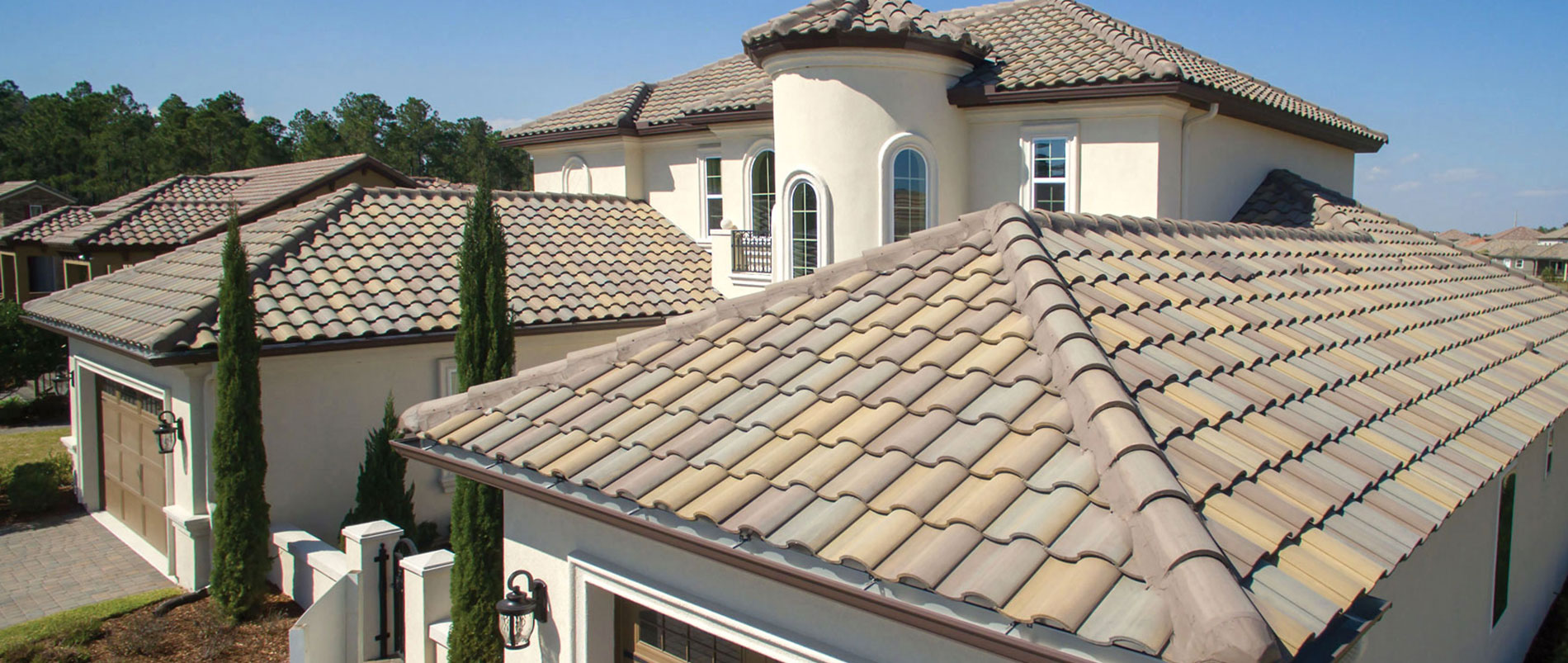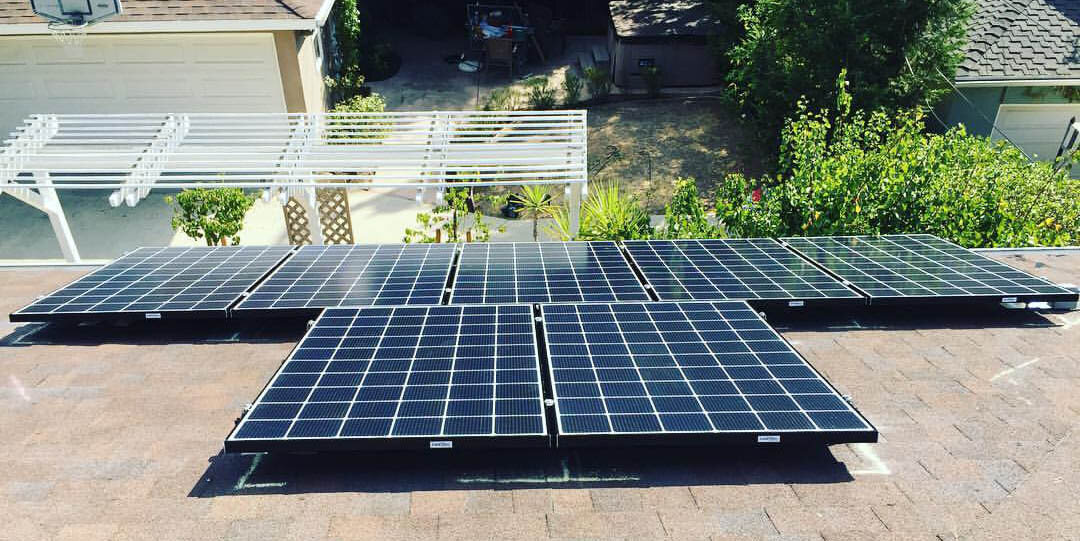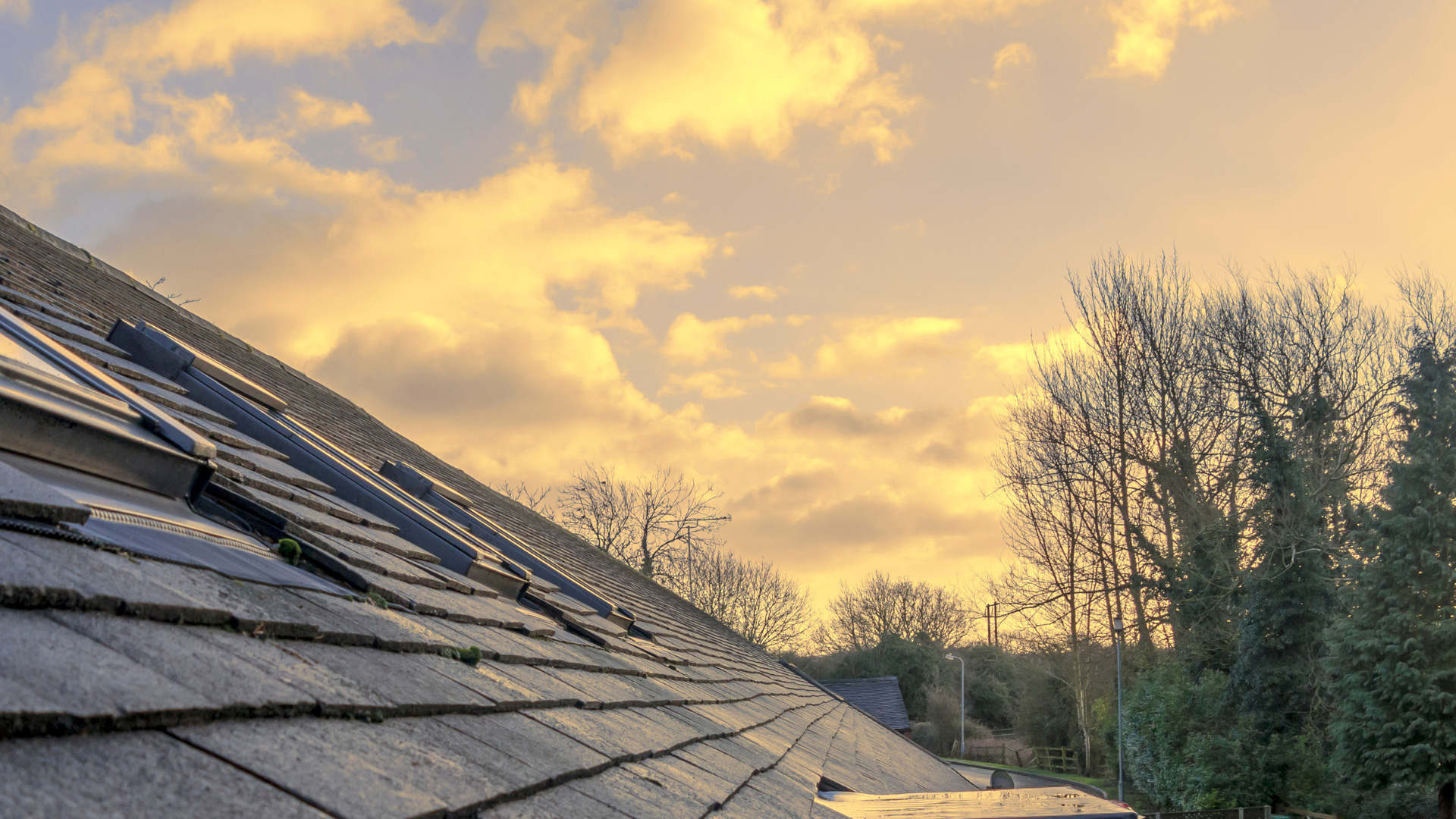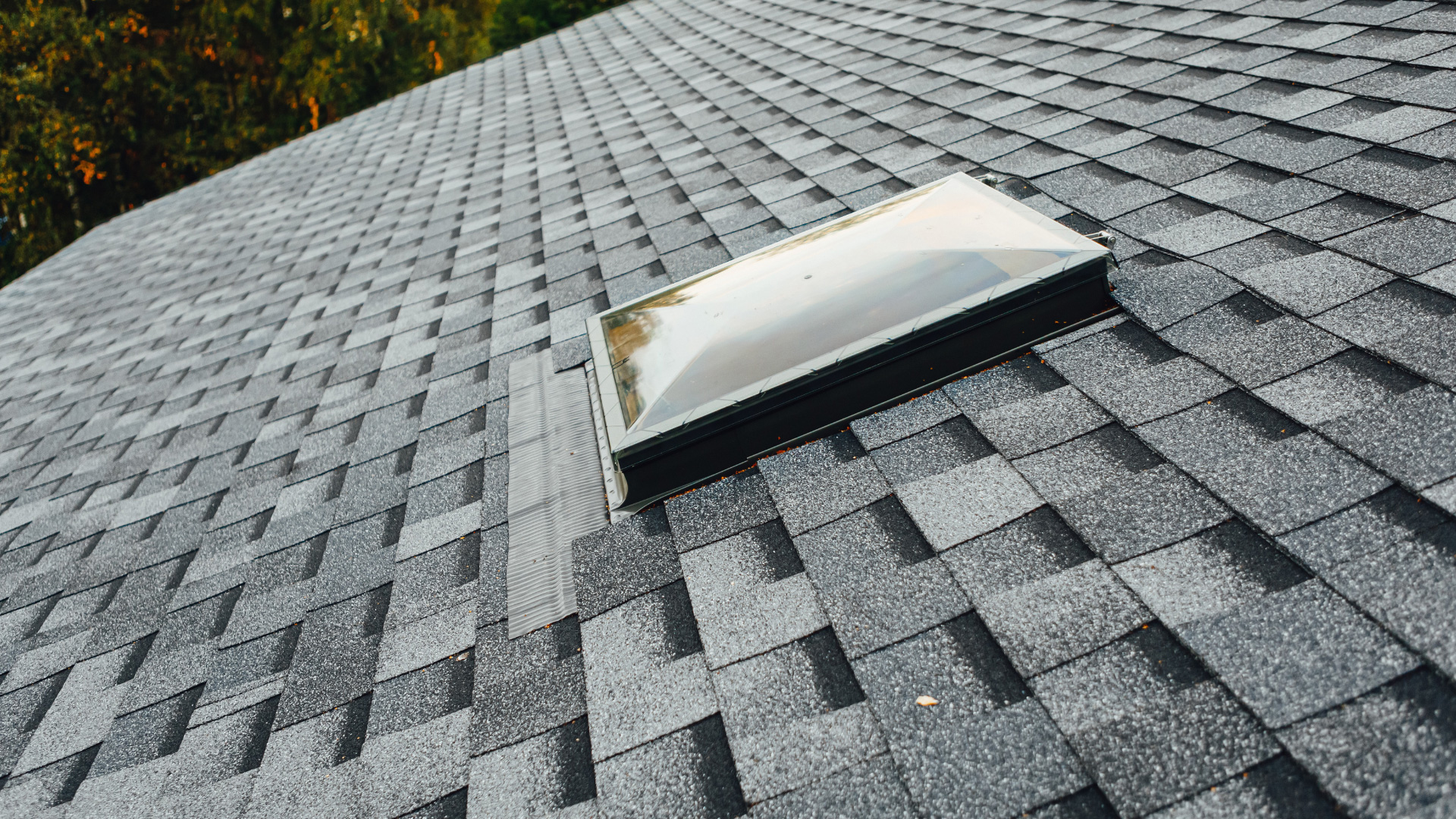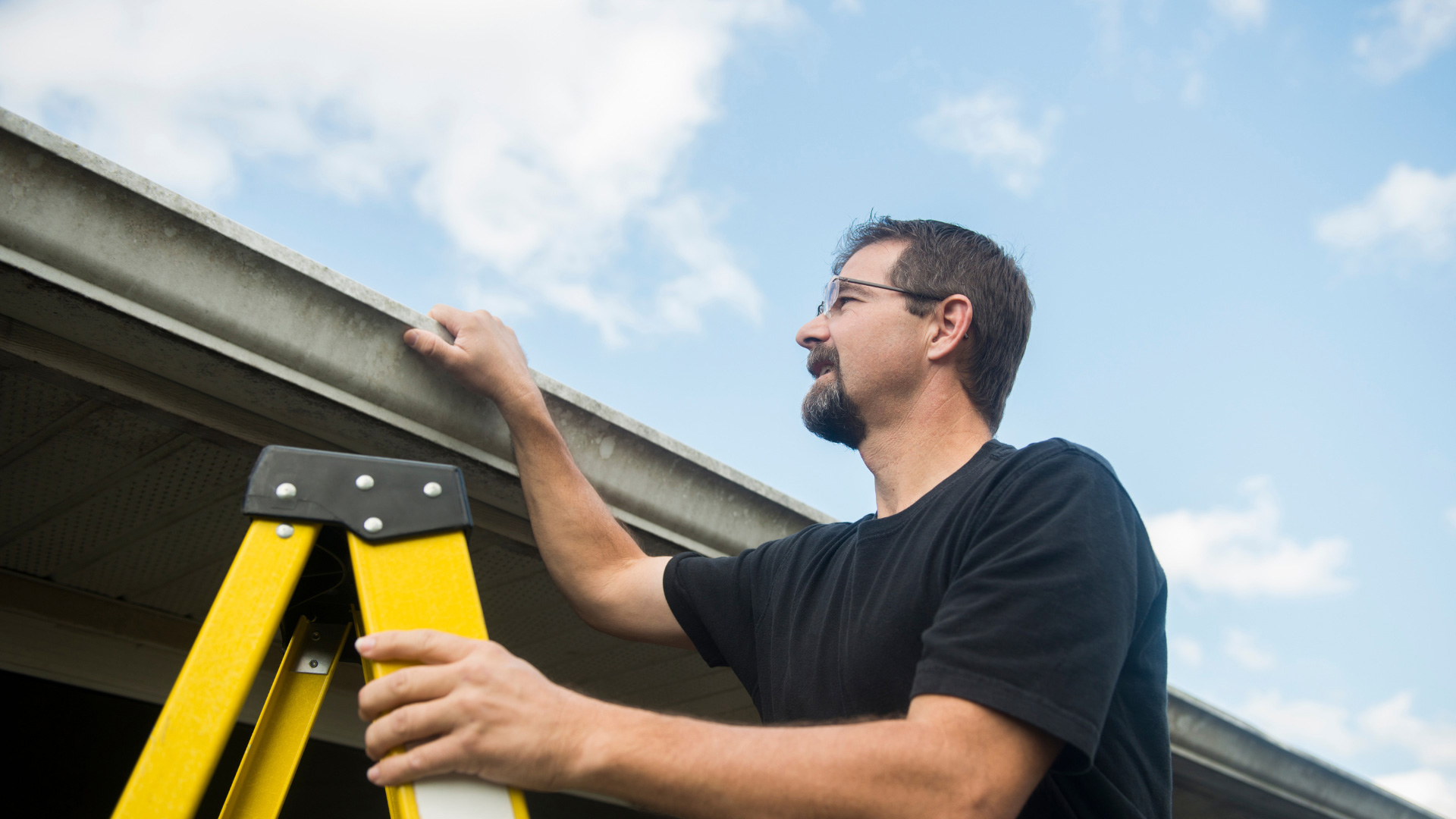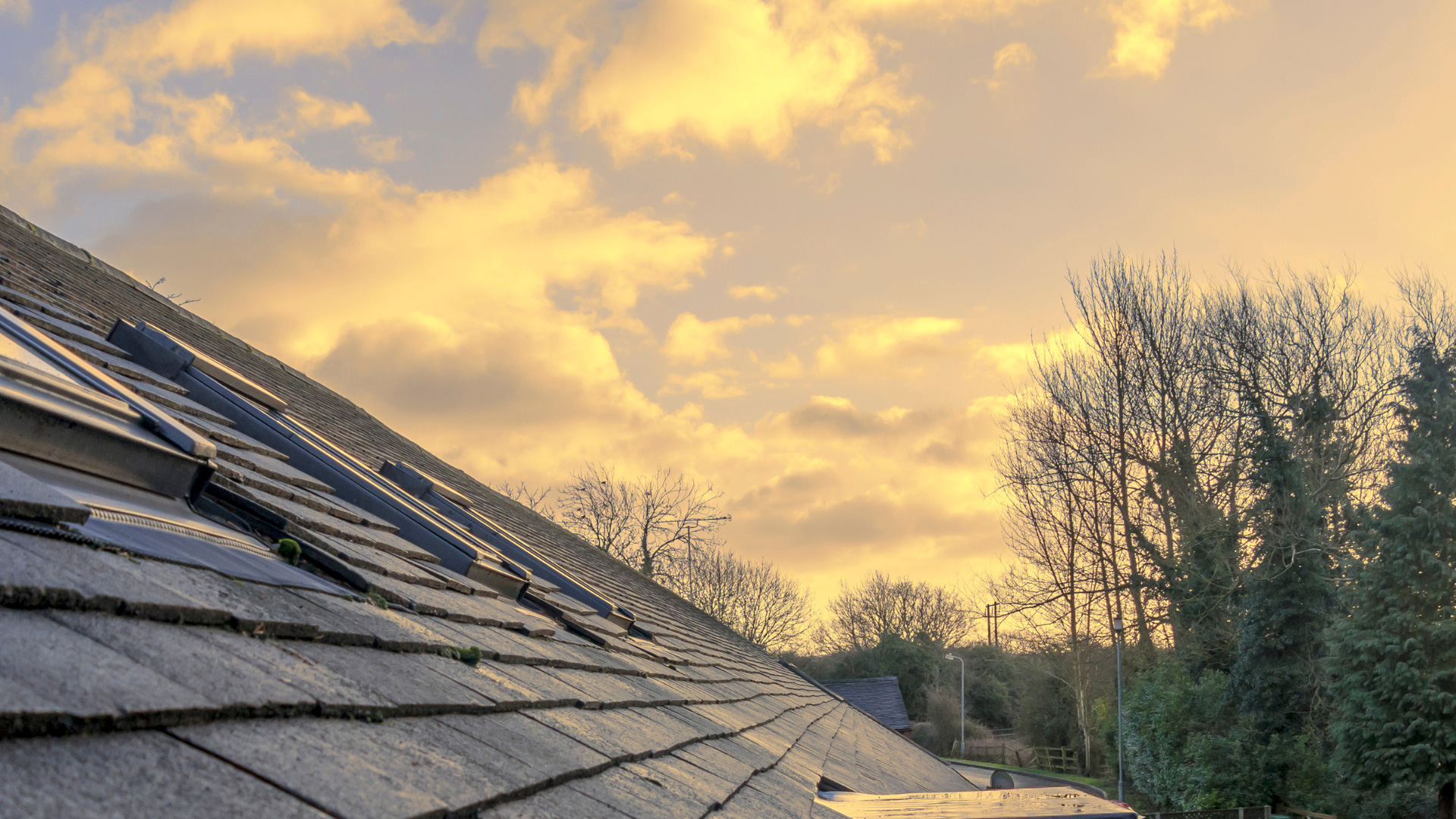One of the most important considerations for homeowners to make when having solar equipment installed is the condition of their current roof. The life expectancy of the average roof is about 20 to 25 years. Conversely, solar panels and all the necessary hardware can last approximately 25 to 30 years.
If you already had your panels installed and are now in the process of replacing a roof with solar panels, here are a few important things that you need to know.
You Will Have To Take Your Solar Panels Down
Taking existing panels off before having a roof replaced is unavoidable. While it’s often possible to perform minor roof repairs without disrupting solar equipment, a total tear-down and replacement makes panel removal absolutely essential. This is necessary for both ensuring the integrity of the newly installed roof and for preventing damages to the solar equipment you’ve already paid for.
Removing and Reinstalling Solar Panels During a Roof Replacement Is a Challenge
Solar panel removal is not without its challenges. First, this isn’t something that your average roofer is capable of doing. Solar panel installers have a comprehensive understanding of this equipment, its nuances, and its vulnerabilities. Only these professionals are qualified to take it down and put it back up without damaging it or compromising its functionality and any associated warranties.
Your Solar System Will Not Produce Energy During This Time
During your solar panels and roof replacement project, your home will be entirely reliant upon the grid. You won’t have access to your alternative power source or the related power supplies until your roofing work is done and your panels have been reinstalled. Moreover, when calculating the costs of your roof replacement and including the removal and reinstallation of solar panels, you may need to account for the costs of having all panels and associated hardware properly stored.
It’s Best To Choose the Same Roof Type
When replacing a roof that has solar panels installed, it’s generally best to opt for the same roofing type and style. Changes in layout and materials could result in a roof that is no longer capable of accommodating your current solar panels, solar panel mounts, or other hardware. Certain materials will invariably make reinstalling solar panels more costly.
To avoid this problem and keep your overall project costs under control, it’s generally best to stick as close to the roofing type that you had before as possible. If you’ve discovered roofing materials with a longer lifespan, higher levels of efficiency, or a better ability to stand up to the local climate, always consult with your solar panel installer before making this upgrade.
It’s Best To Have One Company Handle the Entire Job
Multi-pronged jobs like these tend to be far easier and significantly less costly when they’re handled by roofing companies and solar panel installers that are capable of seamlessly coordinating their efforts. Better still, you can have your solar panels and roof replacement project handled by a single entity that’s capable of both replacing your roof and removing and reinstalling your existing panels.
Solar Panel Installation and Roof Replacement With Solar Optimum
At Solar Optimum, our residential roofing services make us uniquely qualified to handle all aspects of these projects with superior results. Ultimately, installing new roofing and new solar panels at the same time is always the most cost-effective decision for any homeowner who has yet to upgrade to solar. Not only is your roof less likely to reach the end of its lifespan long before your solar panels do, but the greater durability of solar panels could potentially extend the lifespan of any roofing that they cover.

